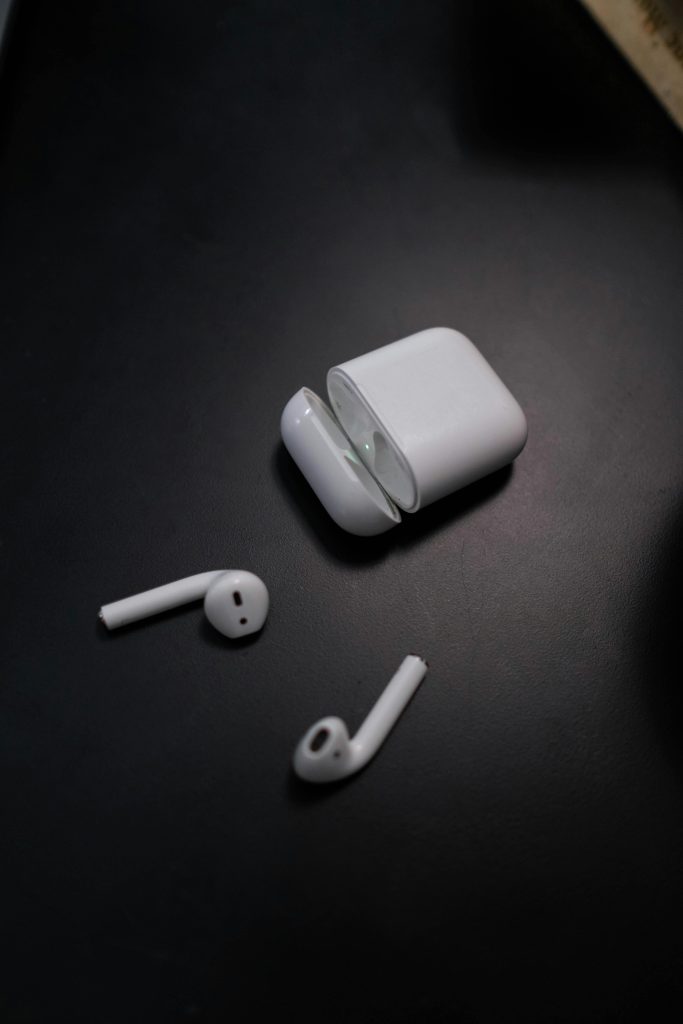Understanding and Troubleshooting Increasing RAM Usage and System Instability on Your PC
Experiencing persistent issues such as rising RAM consumption, intermittent display failures, and sluggish mouse performance can be both frustrating and concerning. If your computer exhibits symptoms like high memory usage, no video output after boot, unresponsive peripherals, and occasional Blue Screen errors, it’s essential to approach the problem systematically to identify and resolve the underlying cause.
In this article, we’ll explore potential causes, diagnostic strategies, and recommended steps to troubleshoot these common hardware and software-related issues effectively.
Assessing the Symptoms
Your described issues include:
– Rapid increase in RAM usage upon opening applications like browsers
– No video output upon certain boots
– Mouse and keyboard becoming unresponsive
– Mouse cursor freezing or teleporting
– Occasional Blue Screen errors
Initial Troubleshooting Steps Already Performed
You’ve taken commendable steps such as:
– Running Windows Memory Diagnostic
– Using System File Checker (sfc /scannow)
– Updating drivers
– Testing different USB ports and peripherals
– Reinstalling Windows
– Monitoring system temperatures
– Checking drive health
Despite these efforts, problems persist, indicating the need for deeper investigation.
Potential Causes and Diagnostic Approaches
- Memory (RAM) Issues
- Although Windows Memory Diagnostic found no errors, it doesn’t rule out subtle or intermittent RAM problems.
-
Recommendations:
- Run MemTest86+ — a more thorough memory testing tool that can detect subtle faults.
- Test each RAM module individually in different slots to identify if one stick or slot is faulty.
- Observe if RAM usage steadily increases over time during typical usage.
-
Motherboard and Hardware Connections
- Motherboards, especially ones with multiple components, can develop motherboard faults.
-
Recommendations:
- Inspect physical connections for loose or damaged cables.
- Clear CMOS and reset BIOS settings.
- Update motherboard BIOS to the latest version, if available.
-
Graphics Output Issues
- No video post-boot hints at possible GPU or integrated graphics problems.
-
Recommendations:
- Test with a different monitor or cable.
- If possible, test with another GPU or integrated graphics output.
- Monitor BIOS beep codes or error LEDs if your motherboard has them.
-
Peripheral and Driver Conflicts
- Mouse freeze and sluggishness might stem from driver conflicts or hardware faults.
- **Recommendations
Share this content:



